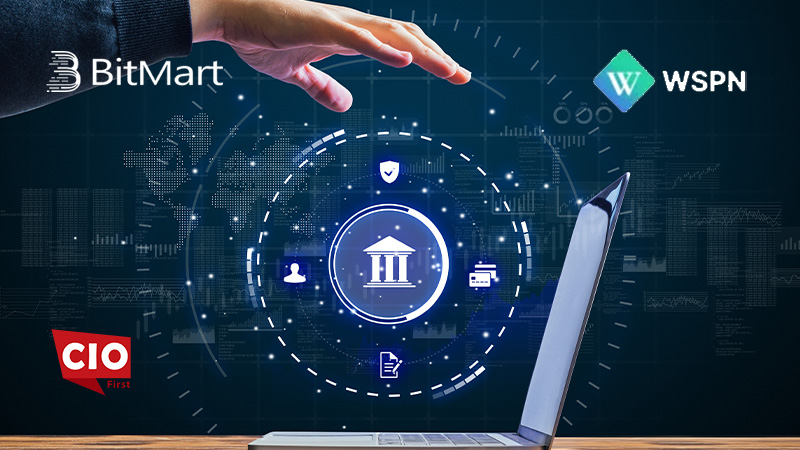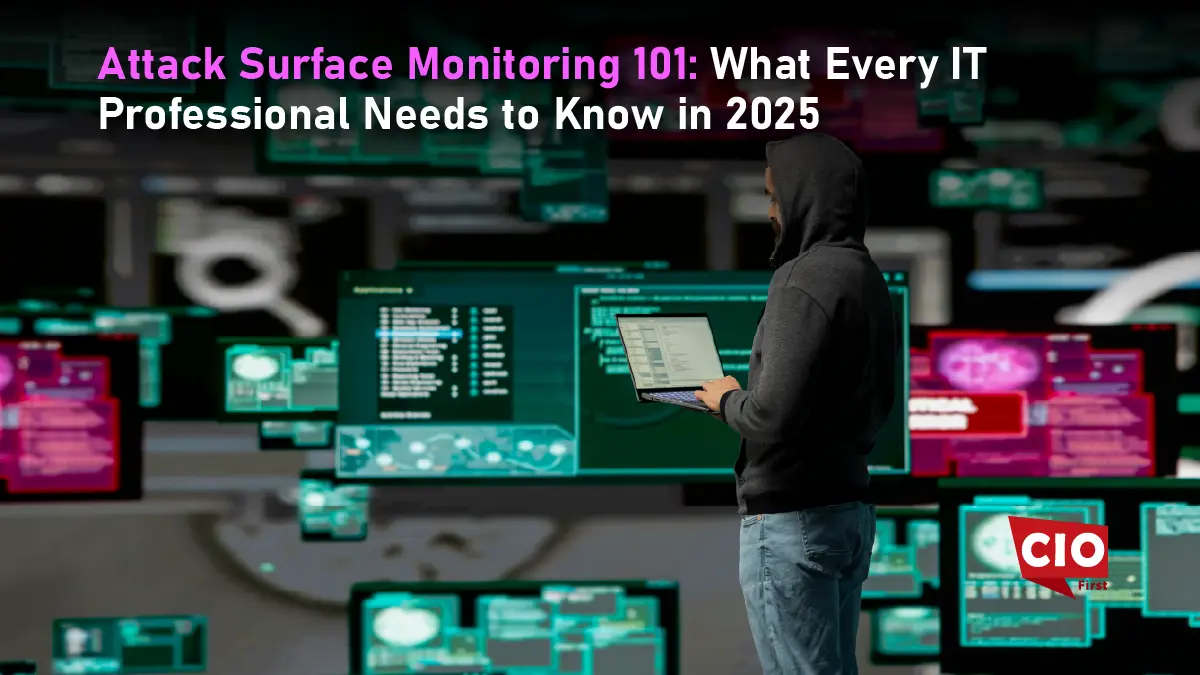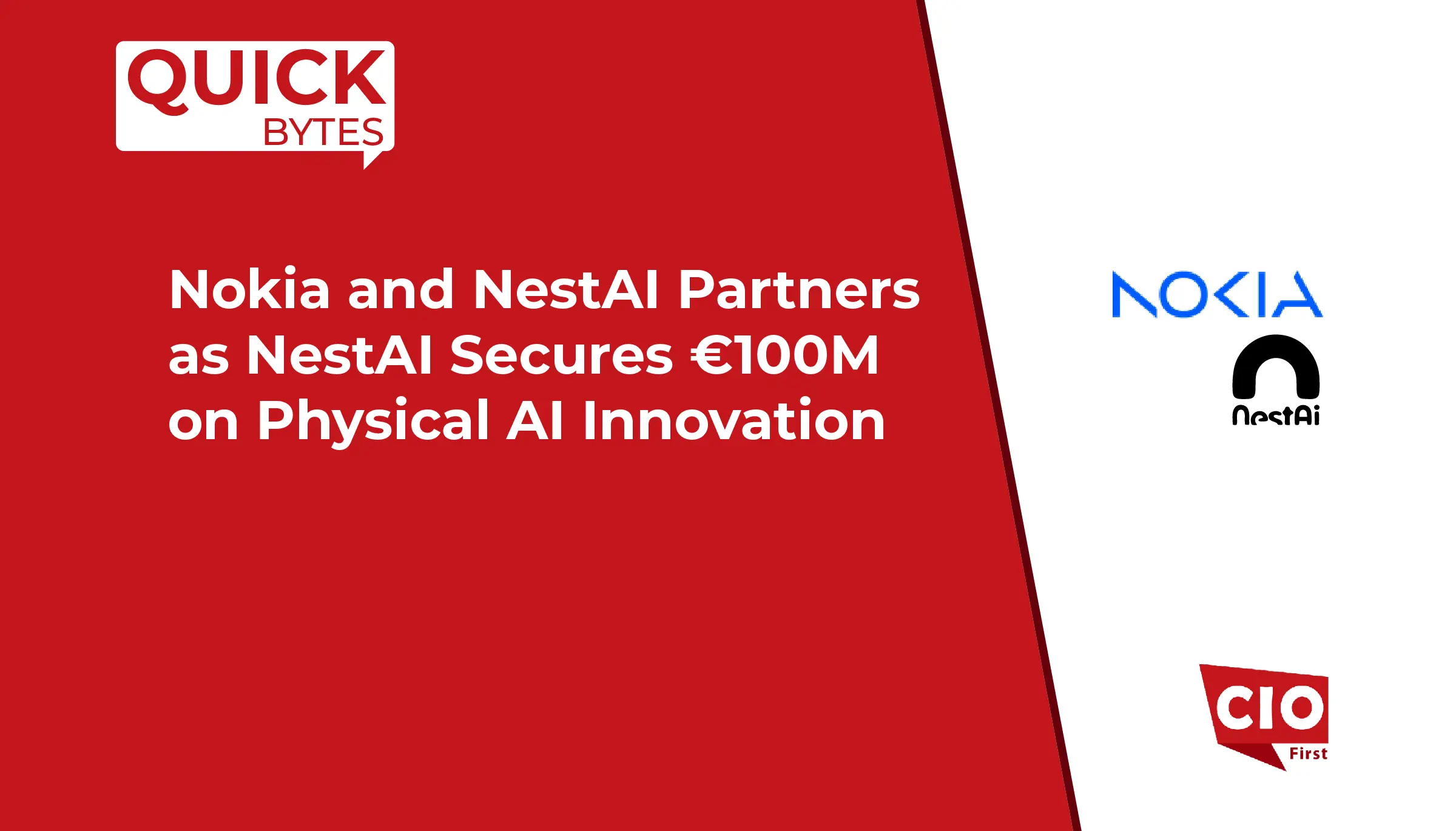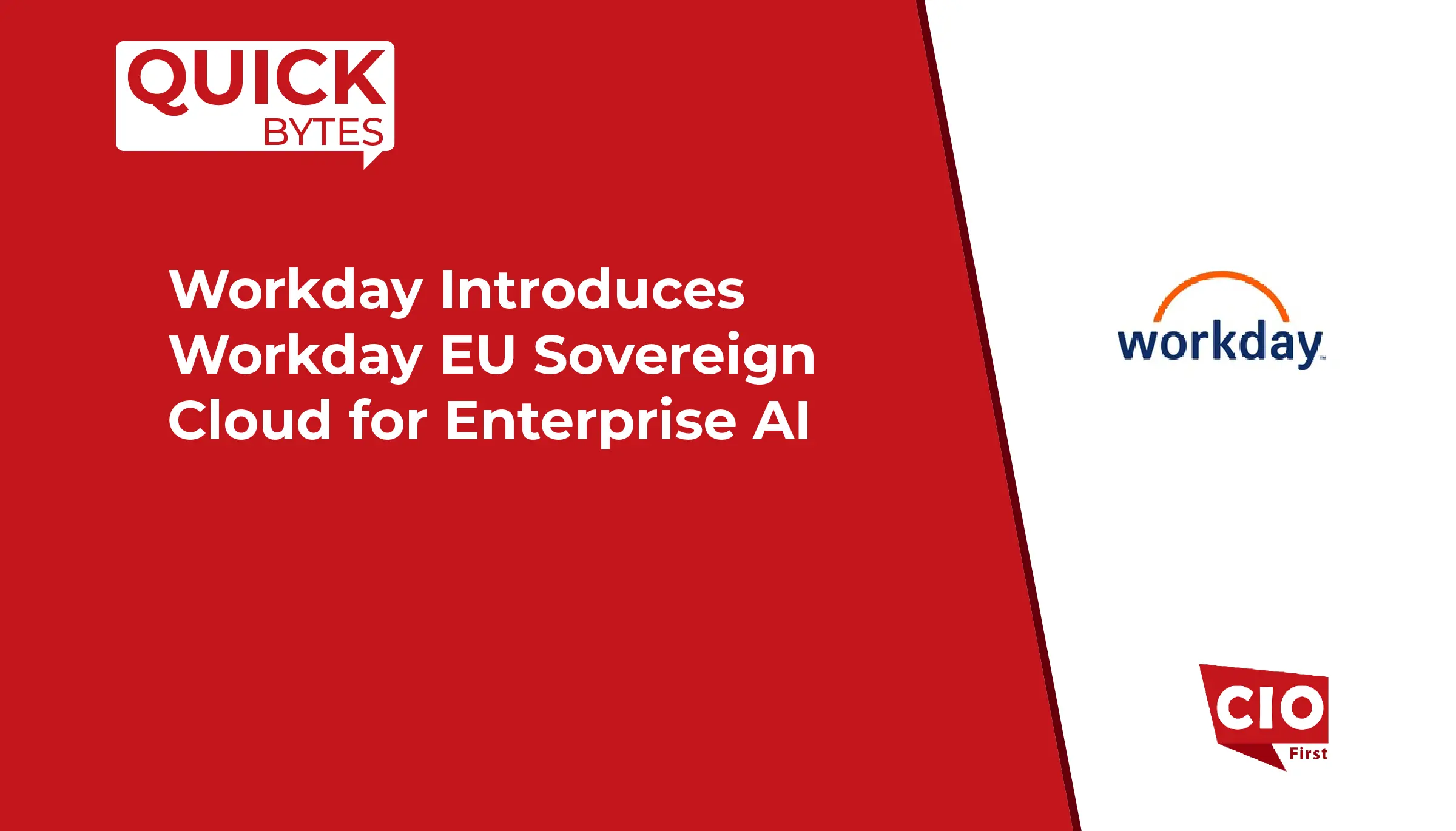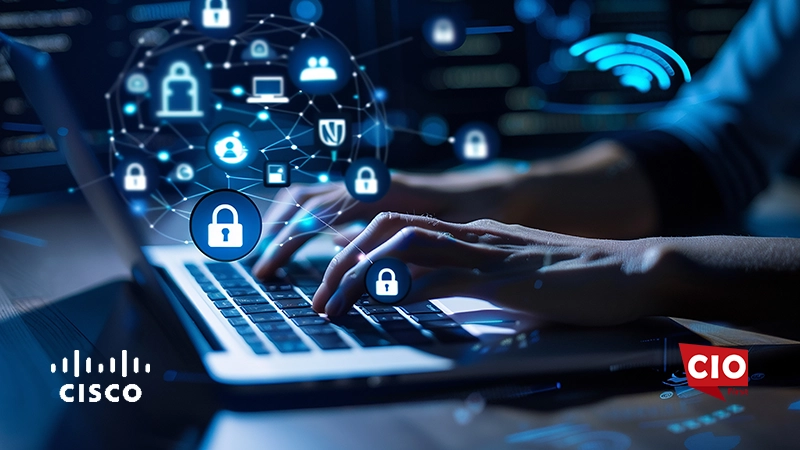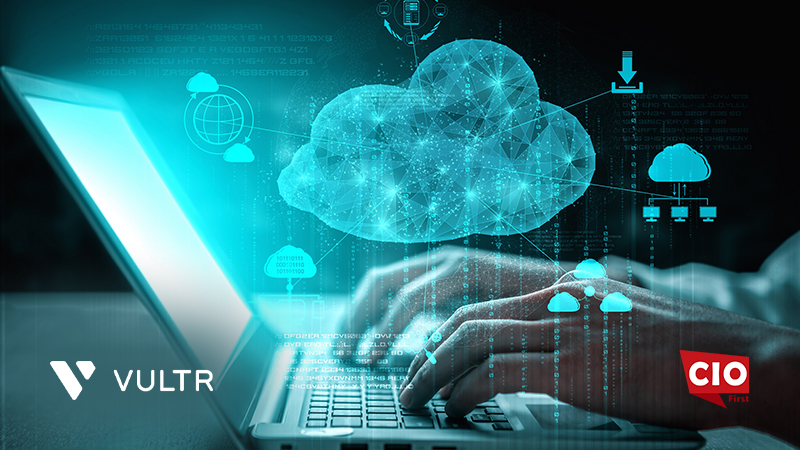Cisco announced a major update to its network architecture. This includes new AI-driven operations, next-gen hardware, and built-in quantum-resistant security. These changes help businesses deploy, operate, and secure AI-driven workflows at scale. This marks a key turning point for the IT industry. Networks are moving from simple connectivity to essential platforms for the AI era.
What Has Changed?
Cisco’s new architecture addresses three core challenges enterprises face as AI proliferates: exponential traffic growth, mission-critical uptime requirements, and a widening security threat surface.
Unified management and “AgenticOps.” Cisco introduced its AI-powered operations model, AgenticOps, built atop its Deep Network Model (an LLM trained on decades of Cisco expertise). It powers capabilities like Cisco AI Assistant (natural-language network diagnostics) and AI Canvas (a generative workspace for NetOps, SecOps, and DevOps).
Purpose-built hardware for AI workloads. New switches (e.g., C9350, C9610) deliver up to 51.2 Tbps throughput with under 5-microsecond latency, while routers (8100–8500 series) triple throughput of prior generations and converge SD-WAN, SASE, and next-gen firewall functionality.
Security-fused networking. Cisco embedded its Hybrid Mesh Firewall, Universal Zero Trust Network Access (ZTNA), post-quantum cryptography, and advanced observability (via ThousandEyes + Splunk) into its network stack, recognizing that AI increases both operational risk and malicious surface.
How Will it Impact the IT Industry
For IT leaders, ops teams, and network architects, Cisco’s announcement is both a blueprint and a challenge.
Networks become strategic infrastructure. Rather than a back-office utility, networking now sits at the heart of the enterprise’s AI strategy. As Cisco’s survey found, 97 % of firms believe their networks must be upgraded to support AI/IoT initiatives, citing potential outage losses approaching US$ 160 billion globally.
Operations shift from reactive to autonomous. AgenticOps transforms how NetOps teams work, moving from manual troubleshooting to AI-augmented workflows that reduce incident response time, lower human dependency, and enable economies of scale.
Hardware is no longer generic. Organizations must consider latency, throughput, programmability, security, and manageability simultaneously. The new Cisco switches and routers reflect this shift; legacy infrastructure may soon become a bottleneck for AI adoption.
Security is integral, not optional. AI-centric workloads expand threat vectors—edge devices, agents, models, data flows. Cisco’s architecture treats security as native to the network fabric, meaning IT and security teams must align more closely than ever.
Skills and culture must evolve. Networking professionals will increasingly need familiarity with AI reasoning, observability, policy-as-code, and systems thinking over box-by-box configurations. Unified management platforms demand broader skill sets across network, security, and cloud domains.
Also Read: Commvault Launches “Data Rooms” to Power Secure AI-Ready Data Activation
What are the Broader Effects on Businesses
Cisco’s architecture impacts enterprises in many industries as they embrace digital and AI.
Accelerated Innovation and Time-to-Value With AI-ready infrastructure, businesses can deploy models quickly. They can support edge inferencing, integrate hybrid cloud and edge setups, and respond fast to market changes.
Improved Resilience and Trust As infrastructures grow more complex, risks like downtime and data breaches increase. Cisco’s observability and security tools help companies maintain continuity, control, and compliance.
Operational Cost Leverage Uniform platforms, AI-driven operations, and high-performance hardware lower total cost of ownership (TCO). They reduce losses from latency and allow scaling without rising costs.
Competitive Differentiation Companies that adopt AI-ready networks early will likely outpace competitors. They gain agility, data-driven insights, and better customer responsiveness, leading to stronger business outcomes.
Ecosystem opportunity. Infrastructure providers, system integrators, and cloud partners all gain new opportunities in building and servicing AI-optimized network landscapes.
Conclusion
Cisco’s next-generation secure enterprise network architecture represents more than a technological upgrade, it’s a strategic realignment for the AI age. As enterprises race to modernize their digital foundations, networks that are intelligent, secure, and scalable will form the backbone of competitive differentiation. Cisco’s vision positions the network not merely as a conduit for data, but as an intelligent system that enables the future of enterprise AI.

